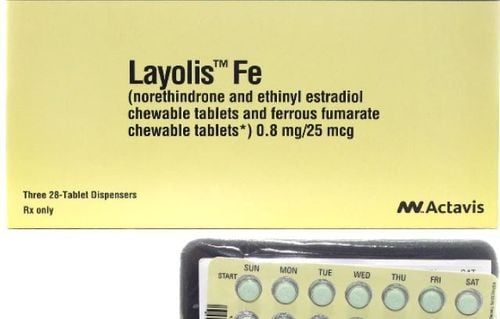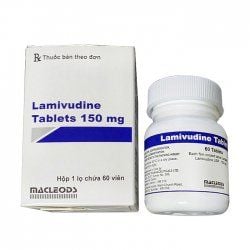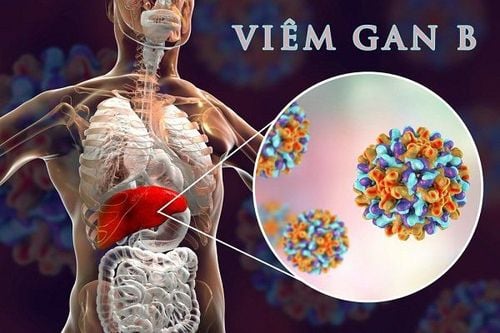This is an automatically translated article.
The development of information technology, making it easy for everyone to access a huge source of information. However, there are still many people who do not really understand about sexually transmitted diseases (STDs), leading to an infection without even knowing why they have it.1. Pictures and information about sexually transmitted diseases (STDs)
1.1. Genital warts (HPV)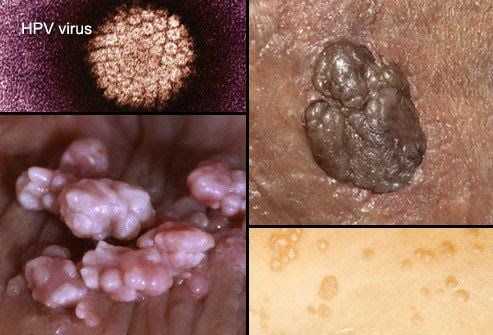
Mụn cóc sinh dục (HPV)
Genital warts are caused by the HPV virus, which is spread through unprotected sex, even the HPV virus can be spread only through skin-to-skin contact. Some viruses that cause warts are usually harmless, but those can lead to cervical or anal cancer. There is now a vaccine that protects us from some of the deadliest strains of HPV.
The telltale signs are:
Pink or flesh-colored wart raised, flat surface or shaped like a cauliflower. Apart from warts, patients usually have no symptoms. 1.2. pubic lice

Rận mu
Pubic lice infestation is also considered a sexually transmitted disease (STDs). This lice can crawl from person to person during close contact. They can be destroyed by certain drugs.
Symptoms of pubic lice are:
The patient has severe itching in the pubic area. There are small eggs attached to the pubic hair. See cow louse. 1.3. Scabies disease
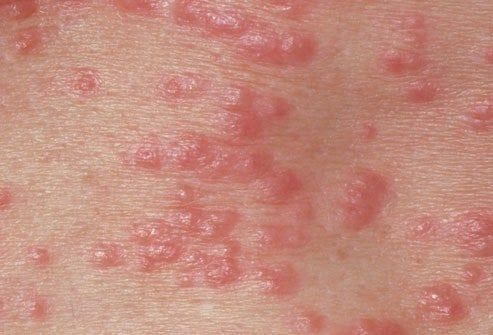
Bệnh ghẻ
Scabies is a disease caused by a small mite that burrows into the human skin to lay eggs. The disease is not always transmitted through sexual contact, it can be spread through any other form of skin-to-skin contact. But in young people, the disease is often transmitted through unprotected sex. The disease can be treated with topical creams.
Symptoms of the disease:
Severe itching especially at night. The rash resembles a pimple. Symptoms may appear 2 to 6 weeks after contact with an infected person. 1.4. Gonorrhea
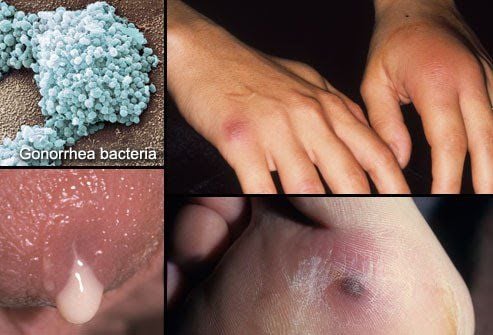
Gonorrhea is caused by the bacteria Gonorrhea bacteria, which is spread easily through unprotected sex. It can lead to infertility in both men and women if left untreated. Antibiotics help stop this infection.
Symptoms of the disease such as:
Burning sensation when urinating and ejaculating in men. The infection can then cause a skin rash or spread to the joints and possibly a blood infection. In men: pus discharge from the penis, swollen testicles. In women: purulent discharge from the vagina, pelvic pain. Symptoms can be mild and easily confused with urinary tract disease. 1.5. Syphilis
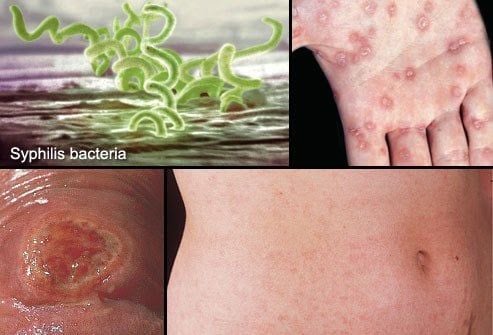
Dấu hiệu đầu tiên thường là các vết loét cúng, tròn, không đau ở bộ phận sinh dục hoặc hậu môn
Syphilis is a sexually transmitted disease caused by unprotected sex. Most people don't notice the early symptoms of syphilis. If left untreated, the disease can lead to serious complications such as paralysis, blindness and death. Syphilis can be cured with antibiotics.
Symptoms of syphilis:
The first sign is usually small, round, painless sores on the genitals or anus. The disease is spread through direct contact with this sore. The patient may then develop a rash on the palms and other parts of the body. The patient may have a fever, hair loss, or feel tired. In the late stages, symptoms appear due to damage to other organs such as the heart, liver, brain, nerves and eyes. 1.6. Chlamydia
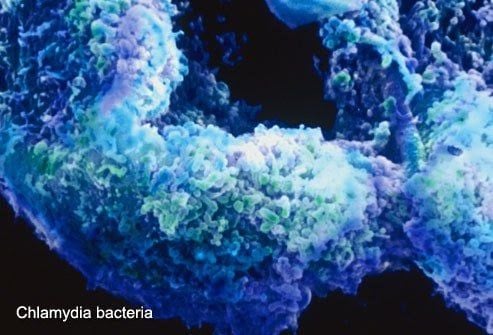
Chlamydia is a common sexually transmitted disease, caused by the bacteria Chlamydia. The disease can lead to infertility if left untreated. The disease can be treated quickly with antibiotics. But the disease often goes undetected because the symptoms are vague or absent. Chlamydia can also cause infections in the throat and rectum from unprotected oral and anal sex.
Possible symptoms of the disease are:
In men: itching sensation at the tip of the penis, discharge of pus, pain when urinating. In women: itching in the vagina, discharge that may have an odor, pain when urinating and during sex. 1.7. Herpes Simplex Virus 1 (HSV-1)
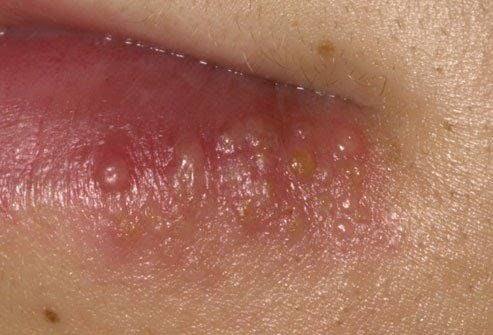
Herpes simplex virus 1 that causes herpes of the lips is usually not a sexually transmitted disease. It can spread easily between family members through kissing. But it can also cause genital disease through unprotected oral sex.
Symptoms of the disease include: sores or blisters on the lips. Small blisters or sores on the genitals may also appear.
1.8. Herpes Simplex Virus 2 (HSV-2)
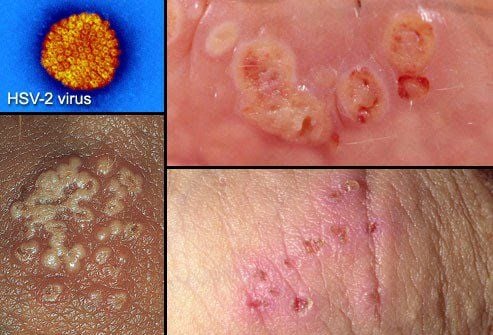
Most cases of genital herpes are caused by the Herpes Simplex virus type 2 (HSV-2). It is easily spread through intercourse or direct contact with the sores. Like HSV-1, there is currently no cure for the disease. Antiviral drugs only help reduce the number of outbreaks and help clear symptoms faster.
Symptoms of genital herpes include:
Fluid-filled blisters that form painful, scaly sores on the genitals, anus, thighs or buttocks. The blisters can appear on the lips through oral sex. 1.9. Hepatitis B
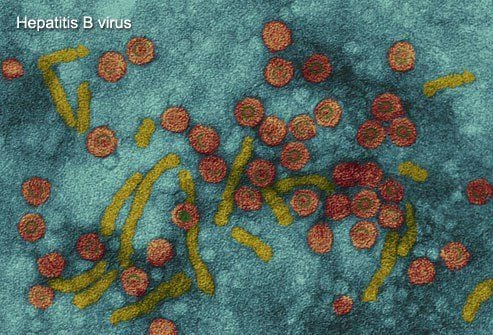
Hepatitis B virus is a stealthy virus that can cause serious liver damage. Call it a stealth virus because many people have the virus in their bodies but have no symptoms, so they have unknowingly infected others without knowing it themselves. It is spread through direct contact with the blood and other body fluids of an infected person.
People can be infected through sex, sharing needles, sharing razors, toothbrushes, mother can infect her baby at birth. Currently we do not have a cure, antiviral drugs can control the hepatitis B virus. We also have a vaccine to prevent hepatitis B.
Symptoms of hepatitis B:
Many people do not have it. symptoms for many years. During an acute infection, patients may experience nausea, abdominal pain, dark urine, fatigue, and yellowing of the skin or eyes. Chronic infections can lead to cirrhosis and liver cancer. 1.10. HIV AIDS
The HIV virus weakens the body's defenses, making it impossible for people to fight off common infections. HIV is spread through unprotected sex, sharing needles, or being born to an infected mother. It can cause no symptoms for many years, so the best way to check is with a blood test.
Timely treatment is very important to prevent serious diseases. If you have been exposed to HIV, you should start taking it right away, as it can help you prevent infection. If you already have the virus, treatments can help prevent HIV from turning into AIDS.
Currently, we still don't have a cure for HIV, but there are drugs that inhibit the amount of virus replicating in the body. Additional treatments can help prevent or fight serious infections, if your immune system is already weakened.
Symptoms of patients with HIV/AIDS include:
Many patients have no symptoms. Some people may have flu-like symptoms one to two months after infection: swollen lymph glands, fever, headache, fatigue. Canker sores in the mouth can also occur. 1.11. Trichomonas
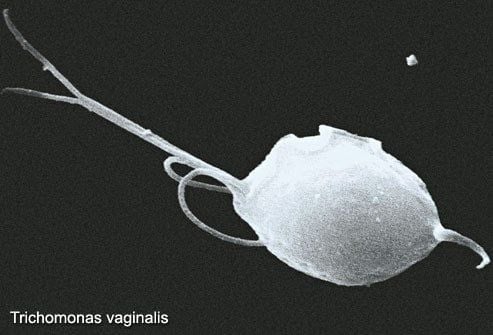
Symptoms in children with trichomoniasis are:
In men: most men have no obvious symptoms. Some patients present with minimal discharge or a mild burning sensation during urination. In women: Women may have a yellow-green discharge, odor, vaginal itching, or pain during sex or urination. Symptoms are usually 5 - 28 days after infection with the parasite. 1.12. Canker sores
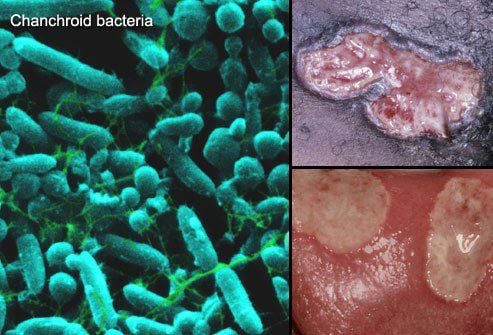
Canker sores are a sexually transmitted disease caused by the bacteria Chancroid. The disease is common in Africa and Asia but is rare in the United States. It causes sores on the genitals. Antibiotics can treat this disease.
Symptoms of canker sores:
In men: painful bumps on the penis that can develop into painful, pus-filled sores in the genitals and groin. In women: sores in the genital area can develop into sores, swollen lymph nodes in the groin. 1.13. Lymphogranuloma Venereum (Lymphogranuloma Venereum - LGV)
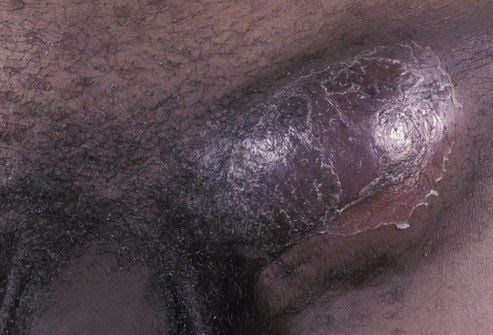
Mangogranulomatosis, also known as genital lymphoma granulomatosis, is caused by a type of chlamydia that is rare in the US, but more common in men who have sex with men. Like other forms of Chlamydia, it can be cured with antibiotics.
Symptoms of canker sores:
Open sores on the genitals or anus. Patient feels headache, fever, fatigue. Swollen lymph nodes in the groin. If you have anal sex, LGV can cause rectal bleeding or discharge. 1.14. Pelvic inflammatory disease
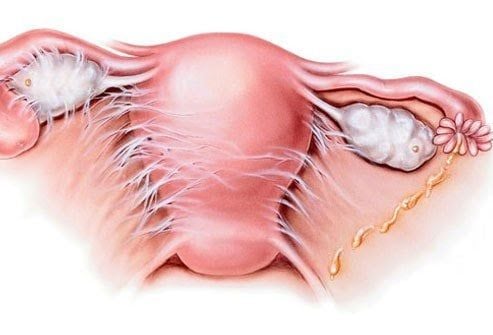
Pelvic inflammatory disease is not a sexually transmitted disease, but it is a serious complication of untreated sexually transmitted diseases (STDs), especially chlamydia and gonorrhea. It occurs when the bacteria spreads and infects the uterus and other female reproductive organs. Prompt treatment is essential to prevent effects on a woman's fertility.
Symptoms of pelvic inflammatory disease:
The patient feels pain in the lower abdomen, fever. Abnormal discharge. Pain during intercourse, when urinating. However, the disease often has no warning signs.
2. Who is at risk for sexually transmitted diseases (STDs)?
Anyone who is sexually active is at risk for STIs, regardless of gender, race, social class or sexual orientation. Teenagers are more susceptible to STIs than older people.
According to dog statistics, by the age of 25, half of sexually active adults have STDs. People with multiple sexual partners have a higher risk of getting the disease. Several STIs are on the rise in men who have sex with men, including syphilis and varicella (LGV).
3. Can virgin women get sexually transmitted diseases?
Virgin women can still contract STIs, because many diseases are spread through any type of sexual activity, including skin-to-skin contact, oral sex. This is especially true of sexually transmitted diseases that produce genital lesions or sores.
4. How to prevent sexually transmitted diseases?
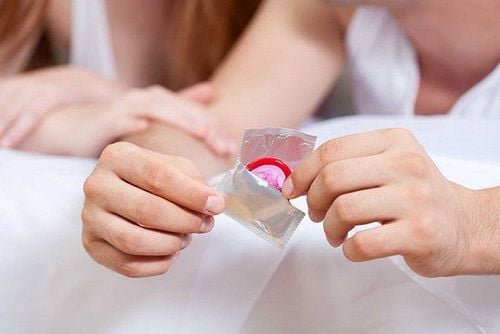
Dung bao cao su để ngăn ngừa bệnh lây qua đường tình dục
The best way to avoid STIs is to stay away from any unprotected sex, monogamy and your partner not infected. To reduce your odds of getting STDs, you can do the following:
Ask your partner if they have STIs? Ask your partner to be tested before having sex. Use condom. Avoid sex if your partner has signs of an STD. Learn how to recognize the symptoms of STDs and check your health more often.
5. Can condoms completely prevent sexually transmitted diseases?
As everyone knows, condoms are effective in preventing the spread of some STIs, but they are not absolute.
Condoms can well prevent STDs such as:
Gonorrhea Chlamydia HIV Trichomonas condoms are less effective in protecting you from:
Herpes Syphilis Genital warts Because these diseases can Spread by contact with skin lesions not covered by condoms.
Condoms are almost impossible to protect against pubic lice and scabies.
6. Should you tell your partner?
If you think you have had an STI, you need to tell your partner as soon as possible. You can infect them even if you have started treatment or are using a condom. For some sexually transmitted diseases, your doctor may even recommend treating your sexual partner at the same time. This can be a tough conversation, but it's certainly helpful for both of you.
7. Sexually Transmitted Diseases and Pregnancy
It is important that pregnant women be screened for sexually transmitted diseases. Many diseases can be passed from mother to baby during pregnancy, childbirth, or after the baby is born. Effects of STDs on the baby can include:
Stillbirth
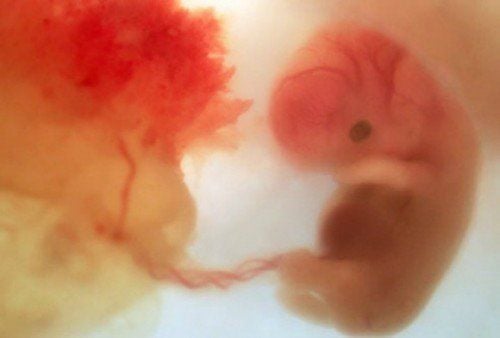
Bệnh lây qua đường tình dục và mang thai có thể gây nên thai chết lưu
Low birth weight Babies with neurological problems Blindness Liver disease Serious infections But now we have treatments that reduce these risks. Treatment during pregnancy can cure some STDs and reduce the risk of passing it on to your baby.
8. Can STIs come back?
Most treatments for STIs do not protect you from getting sick again. A course of drug treatment can cure gonorrhea, syphilis, chlamydia, and trichomoniasis, but if you are exposed to these pathogens again, it is possible to get sick again.
If your sexual partner is not treated, you can continue to get the infection back and forth. If you don't take the right precautions to protect yourself, you could get infected again quickly, or you could even get another sexually transmitted disease.
There are so many sexually transmitted diseases, you can get more than one of them at a time if you don't know how to protect yourself. Although we have drugs to treat some diseases, there are still some diseases we cannot treat, and it can lead to dangerous complications. So practice safe sex to avoid sexually transmitted diseases.
Please dial HOTLINE for more information or register for an appointment HERE. Download MyVinmec app to make appointments faster and to manage your bookings easily.
Article reference source: webmd.com





